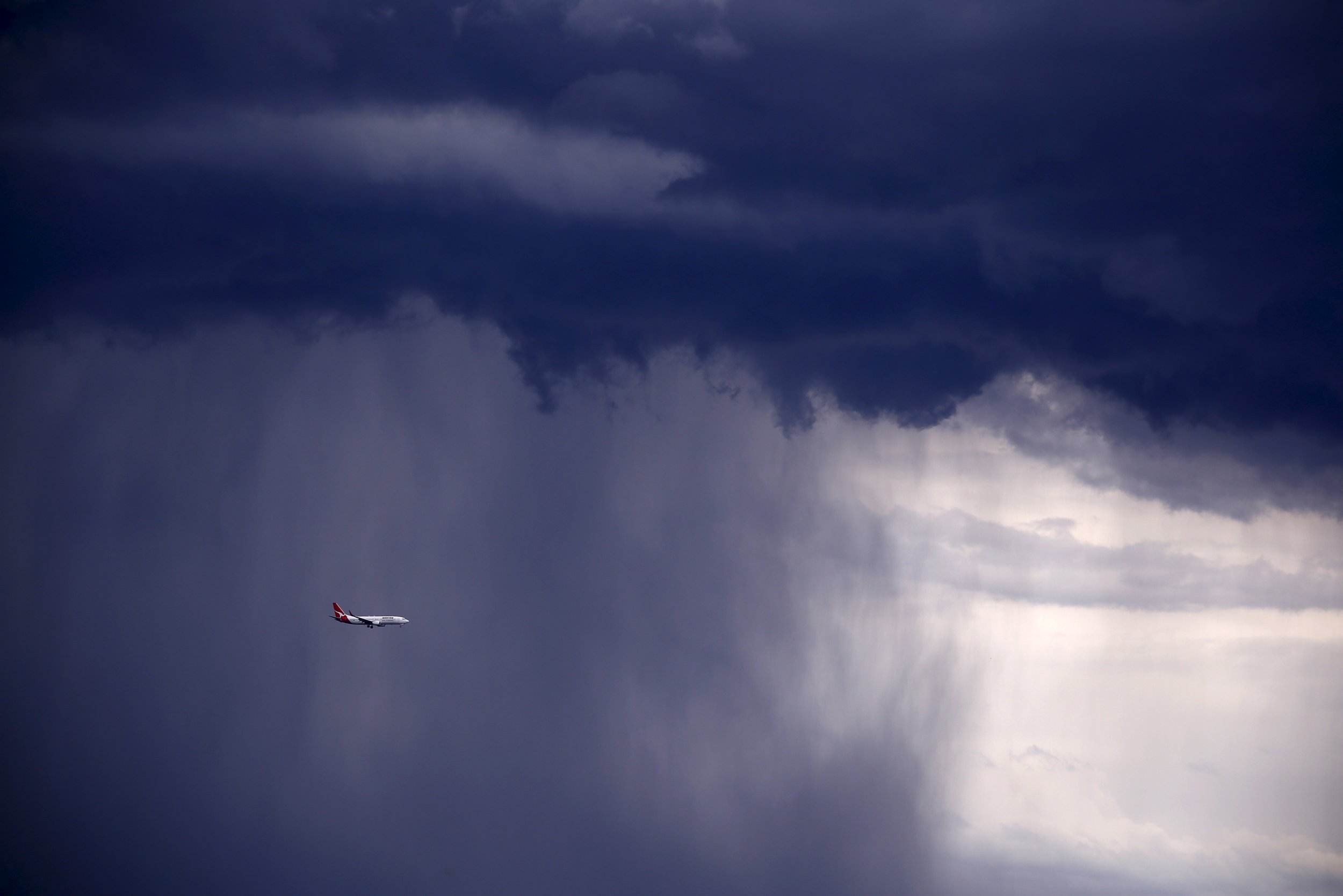
Aerosol particles—the tiny bits of dust and other matter expelled by everything from volcanoes and dust storms to car exhaust and power plants—might be making thunderstorms more extreme, according to a study published Monday in the journal Proceedings of the National Academy of Sciences.
Clouds form when water droplets coalesce around these tiny particles suspended in the air. Put simply, the more aerosols are in the air, the longer the cloud system lasts before it begins to dissipate into rain, thanks to a larger structure of particles to support and accumulate more water vapor—giving the cloud system more time to accrue water content and become larger and more powerful. All this results in more extreme rainstorms, the researchers from the University of Texas, the University of Colorado Boulder, and NASA's Jet Propulsion Laboratory found.
According to the paper, this is the first confirmation of the hypothesis that a higher aerosol content could translate to significantly more powerful rainstorms. The idea that aerosols and extreme storms could be connected "has long been proposed," the authors write, "but we have not known whether that increase is significant on global and regional scales." As it turns out, it is very significant.
The researchers looked at satellite data from 2,430 "mesoscale convective systems," a class of often severe thunderstorms that can contribute to flooding, especially in the tropics. They found that if a high degree of aerosols were in the atmosphere, the cloud system's lifespans could lengthen by as much as three to 24 hours, depending on regional weather conditions. And those extra hours in the life of the clouds meant they would ultimately dump a lot more water onto Earth.
According to the paper, the amount of aerosols in the air could account for around 20 percent of the variability in a cloud system's lifetime over South Asia and Latin America. Over Africa, however, the impact was less significant; only about 8 percent of the variability could be attributed to aerosol content.
Other researchers have already begun investigating whether aerosols could be used as a potential geoengineering strategy to stave off water insecurity. Some scientists and governments envision implementing a strategy called "cloud seeding"—using small airplanes to spray chemical aerosols into the air as a way to jump-start the formation of rain clouds and bring rain to regions hit with drought. In 2016 alone, there have been 100 experimental cloud-seeding flights by government meteorologists in the United Arab Emirates, a country in a dry desert ecosystem that relies heavily on the expensive process of desalination for its water supply, The Christian Science Monitor reports.
Uncommon Knowledge
Newsweek is committed to challenging conventional wisdom and finding connections in the search for common ground.
Newsweek is committed to challenging conventional wisdom and finding connections in the search for common ground.
About the writer
Zoë is a senior writer at Newsweek. She covers science, the environment, and human health. She has written for a ... Read more





